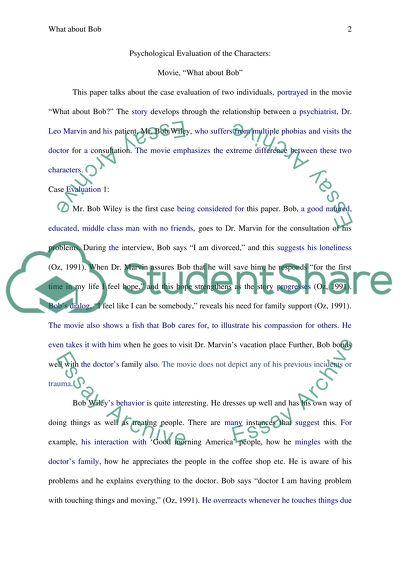Cite this document
(“Psychological Evaluation of the Characters: Movie, What about Bob Research Paper”, n.d.)
Retrieved from https://studentshare.org/psychology/1488018-psychological-evaluation-of-the-characters-movie-what-about-bob
Retrieved from https://studentshare.org/psychology/1488018-psychological-evaluation-of-the-characters-movie-what-about-bob
(Psychological Evaluation of the Characters: Movie, What about Bob Research Paper)
https://studentshare.org/psychology/1488018-psychological-evaluation-of-the-characters-movie-what-about-bob.
https://studentshare.org/psychology/1488018-psychological-evaluation-of-the-characters-movie-what-about-bob.
“Psychological Evaluation of the Characters: Movie, What about Bob Research Paper”, n.d. https://studentshare.org/psychology/1488018-psychological-evaluation-of-the-characters-movie-what-about-bob.


